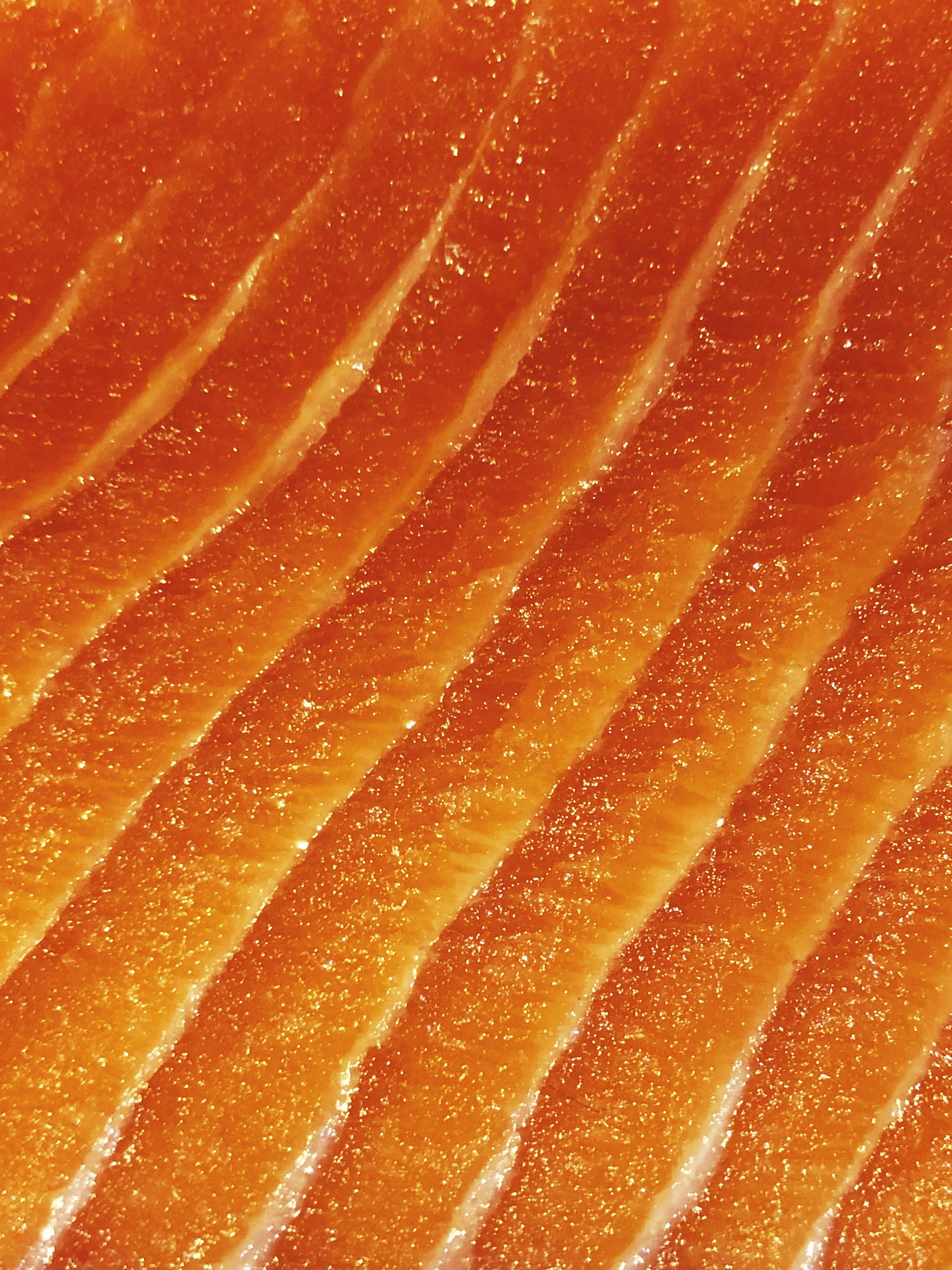What's really in your salmon? These scientists found out
Nutritional information isn't required on seafood packaging in North America
Photo by Caroline Attwood on Unsplash
Salmon is enjoyed by people around the world for its range of nutritional benefits. However, purchasing Canadian salmon with high nutritional content and low levels of contaminants can be a shot in the dark because nutritional information is not required on seafood packaging in North America.
Stephanie Colombo, an assistant professor of Aquaculture at Dalhousie University, wanted to determine the nutritional composition of different types of salmon available to Canadian consumers. No study has been done like this on Canadian salmon before, so her results provide a comparative baseline for future research.
Colombo’s team purchased six types of salmon fillets available in Canadian grocery stores to compare their nutritional information. They analyzed farmed Atlantic, farmed organic Atlantic, farmed organic Chinook, wild Chinook, wild Pacific pink and wild Sockeye. There are many misconceptions when it comes to choosing between wild and farmed salmon, with many consumers believing that farmed salmon is nutritionally inferior to wild salmon, and has more contaminants. The researchers analyzed the salmon's protein, fat, fatty acids, and mercury contents to determine if there is any truth behind these preconceptions.

Surprisingly, the study found that the biggest determinant of protein and fat content and mercury levels was the species of salmon the fillets came from, which is due to their different diets. They also found that factors like wild or farmed and organic or non-organic did not have a major impact on mercury levels in the tested salmon.
Wild Sockeye and wild Chinook fillets were the most nutrient-dense and had the highest omega-3 fatty acid content. However, for frequent consumers, the study suggested farmed Atlantic salmon as an affordable, nutrient-dense, low-mercury alternative to Sockeye or Chinook. Future research should consider the nutritional content of farmed salmon fed sustainable plant-based diets in comparison with traditional fish-based diets.





















